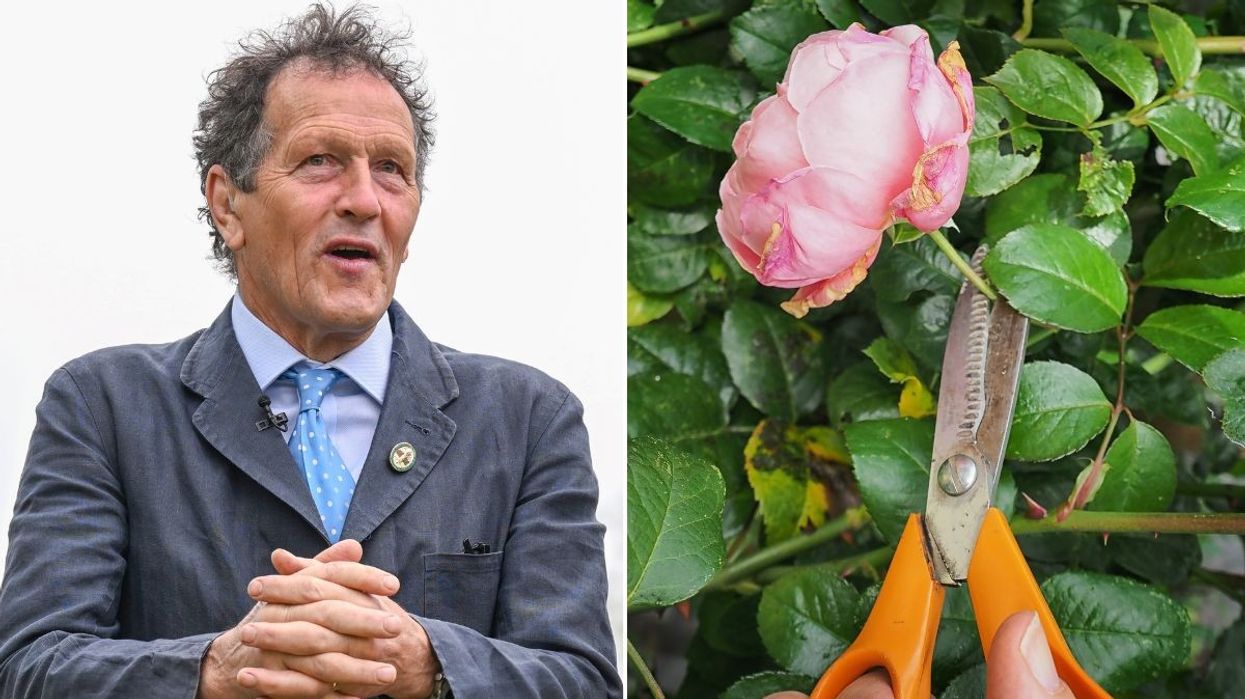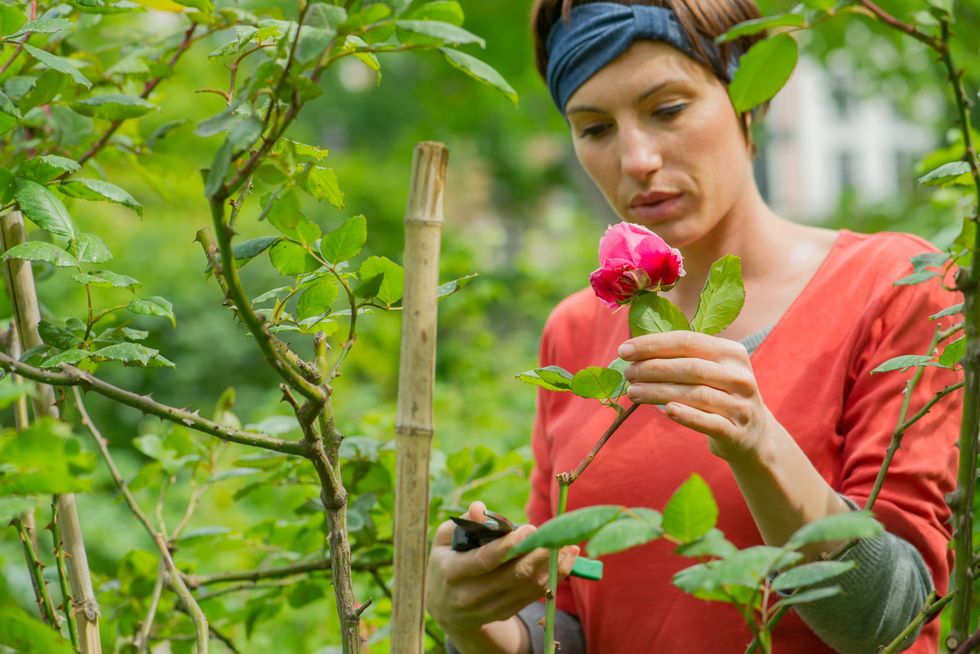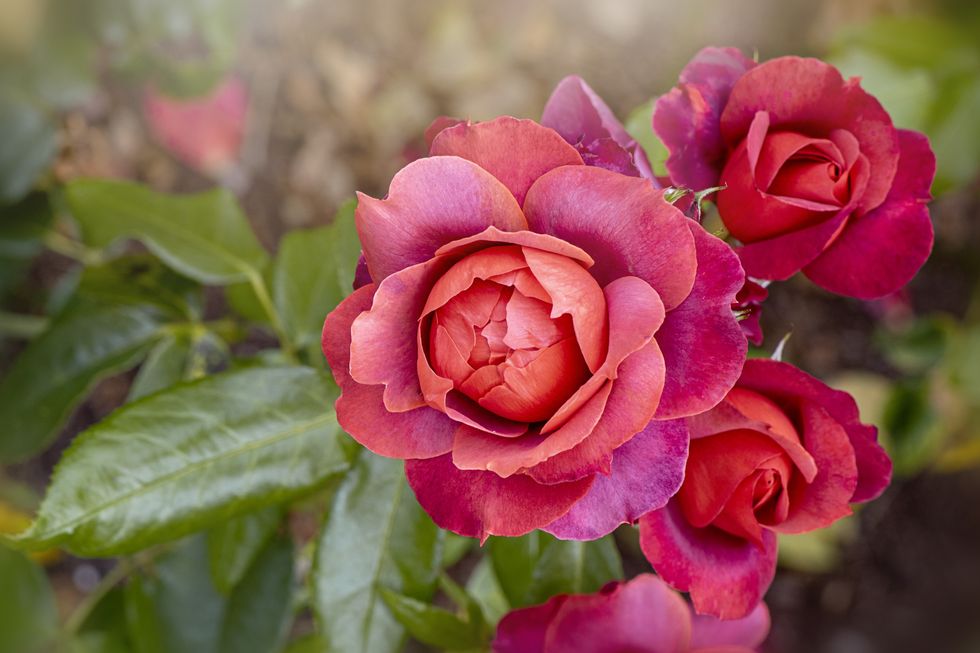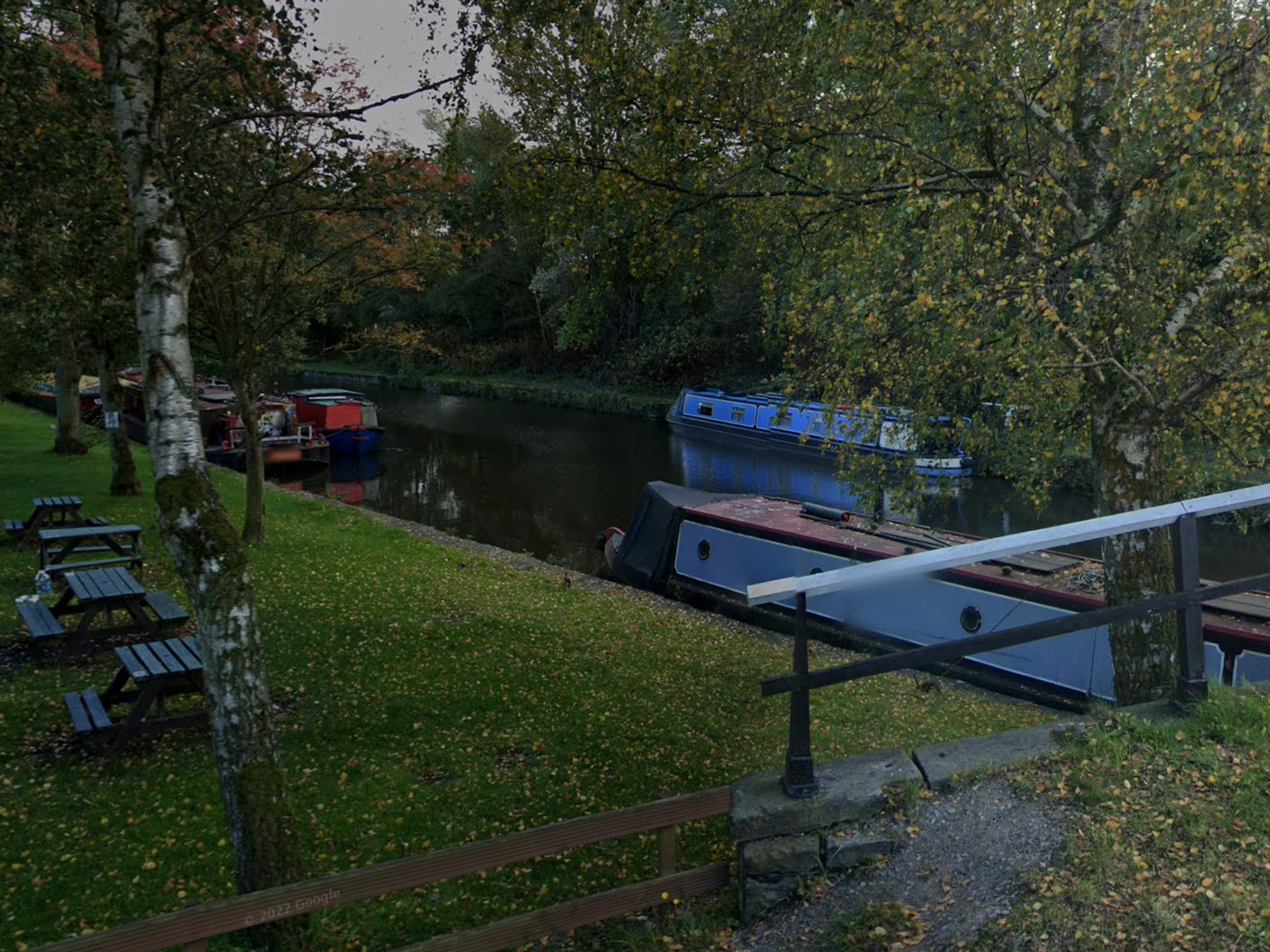Monty Don describes best way to deadhead roses in June so flowers last ‘as long as possible’

GETTY

The British horticulturist described the top tasks to prioritise this month
Don't Miss
Most Read
Latest
Roses produce a flush of flowers in June, but the shrub can produce more blooms further down the line with the right tricks.
June is a month when the flowers kick into action so it’s imperative gardeners keep an eye on their shrubs.
Removing faded flowers as soon as possible is “the secret” to guaranteed regrowth further down the line, Monty Don explained in a blog entry.
This is because as blooms begin to fade, energy is redirected into the production of new seeds.

Deadheading will guarantee roses look their best
|GETTY
“It is impossible to celebrate June without speaking of roses,” explained Monty. “This is their time.
“The secret of keeping any rose flowering as long as possible is to dead-head daily.
“Do not just pull off the spent petals but use secateurs and cut the spent stem right back to the next leaf or bud below it - however far down that is. This will provoke a side-shoot which in turn will carry more flowers.”
The horticultural says some roses, especially species such as rosa rugosa, or rosa moyesii, have glorious hips in autumn and these will only develop if the flowers are allowed to set seed and fruit.
This means gardeners can enjoy the flowers as long as they last and do not deadhead so that they can develop into a fruit.
“The revamping of the Cottage Garden into a rose garden has involved many more roses so we now have 100 shrubs with over 70 varieties as well as a dozen climbers,” explained Monty, referring to his garden.
“Some are still very young and will need a few years to properly establish - but they still bear their lovely flowers.”
Deadheading roses can be broken down into two main stages, according to British Rose Breeder David Austin. The first is mainly aesthetic.
This involves removing the brown finished blooms so the remaining flowers can be enjoyed without interruption.
“The second stage encourages new blooms and helps to maintain a compact shape,” explained Austin.
LATEST DEVELOPMENTS:

Deadheading helps to maintain a compact shape
|GETTY
The best deadheading technique, according to the gardener, is to “pinch or cut off the finished flower, just below where the base of the flower joins the stem”.
All the remaining buds or blooms on the shrubs should be left untouched so they can continue to flower.
It comes as retired teacher and passionate gardener Joss Orton recently shared one of the techniques that helped him multiply the blooms on his 200 rose species.
Roses need to be healthy and vigorous if they are to give the best blooms and enjoy the longest flowering seasons, the green-thumbed enthusiast explained.










